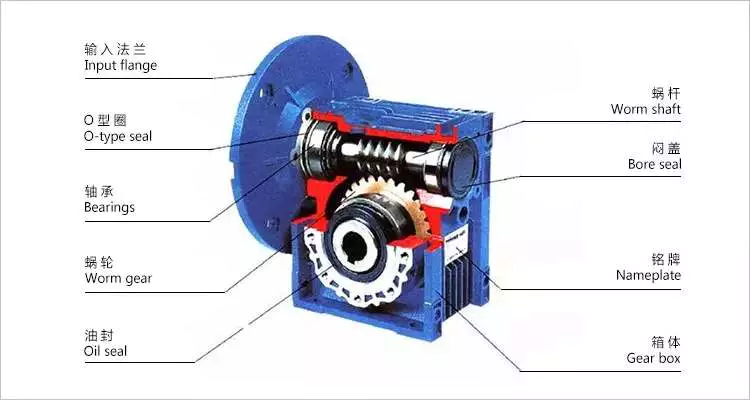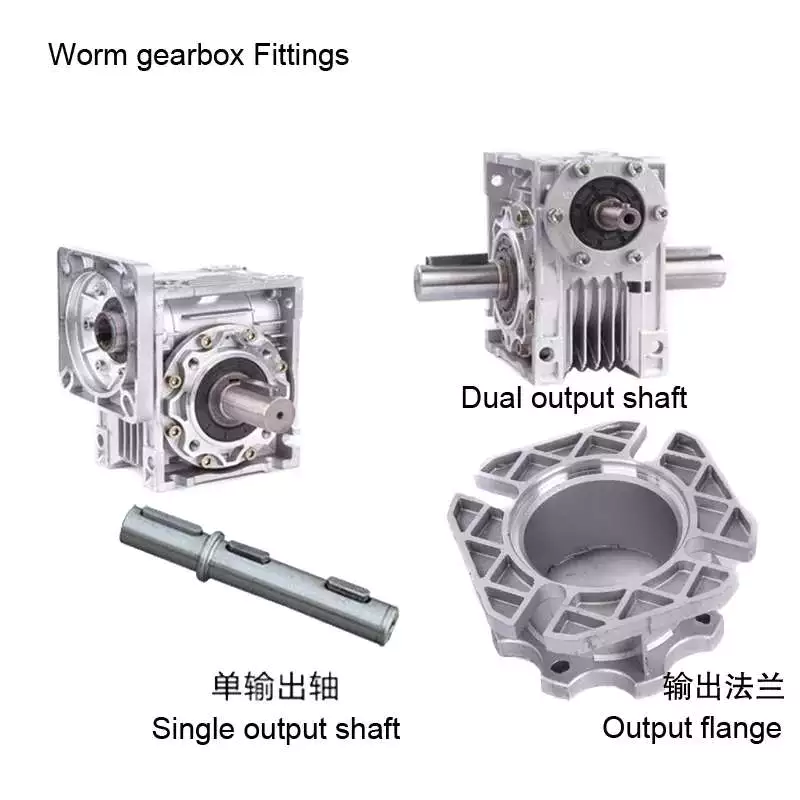Guarantee: 12 months, twelve months
Applicable Industries: Production Plant, Equipment Restore Outlets, Foods & Beverage Manufacturing facility, Retail, Printing Stores, Construction works , Power & Mining
Gearing Arrangement: Helical/worm
Output Torque: eleven-4530N.m
Input Velocity: 300-1800rpm
Output Speed: .06-349rpm
Ratio: 6.8-288
Color: Blue(RAL5571)/Silver Gray (RAL9571)/According to custom
Assemble Kind: S,SA,SF,SAF,SAZ
Mounting Place: Horizontal (foot mounted) or Vertical (flange mounted)
Enter form: IEC flange, direct with motor, shaft input
Section: Single or 3 section
Equipment substance: Reduced carbon substantial alloy steel
Heat therapy: Carburising/quenching/equipment grinding
Packaging Details: picket instances
Port: ZheJiang
| S Collection Helical-worm Gear Reducer: |
| 1.Compact structure ,Overall performance exceptional |
| 2.The composition of worm and helical equipment |
| 3.Huge pace ratio assortment |
| 4.The equipment floor is processed by large precision grinding |
| 5.Steady procedure and reduced sound |
| 6.Massive bearing capability and low power consumption. |
| Series: | S Sequence Helical Gear/Worm Reducer |
| Specifications: | 37、47、57、67、77、87、97 |
| Transmission Ratio: | 6.8~288 |
| Input Electrical power (KW): | 0.twelve~22 |
| Output Torque (N.m): | 11~4530 |
Advantages and disadvantages of worm gear reducer
If you are looking for a worm gear reducer, you have come to the right place. This article will cover the pros and cons of worm gear reducers and discuss the different types available. You will learn about multi-head worm gear reducers, hollow shaft worm gear reducers as well as hypoid gear sets and motors.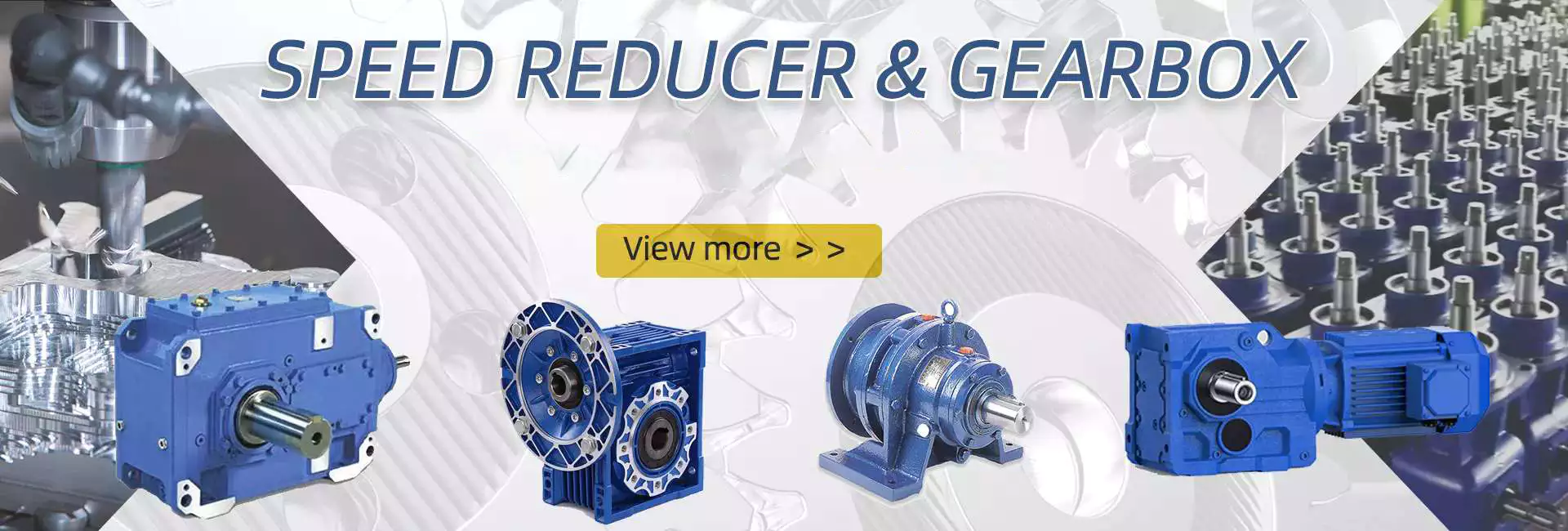
Hollow shaft worm gear reducer
Hollow shaft worm gear reducers are used to connect two or more rotating parts. They are available in single-axis and dual-axis versions and can be connected to various motor types. They can also have different ratios. The ratios of these gear reducers depend on the quality of the bearings and assembly process.
Hollow shaft worm gear reducers are made of bronze worm gears and cast iron hubs. The gears are lubricated with synthetic oil. They are lightweight and durable. They can be installed in various engine housings. Additionally, these gear reducers are available in a variety of sizes. The range includes 31.5, 40, 50, 63, and 75mm models. Other sizes are available upon request.
In addition to worm gear reducers, there are also helical gear reducers. These reducers can achieve very low output speeds. They are also suitable for all-around installations. In addition, the advantage of a multi-stage reducer is that it is more efficient than a single-stage gear reducer. They also feature low noise, low vibration, and low energy consumption.
Hollow shaft worm gear reducers are generally less expensive and last longer. They are also a suitable replacement for solid shaft gearboxes for machines that require high torque without compromising strength. Typical gear arrangements include worm, spur, helical and bevel gears. Gear ratio is the ratio of input torque to output torque.
Multi-head worm gear reducer
The multi-head worm gear reducer is used to reduce the speed of the machine. It uses friction to hold the worm in place while transmitting power. These gears can also be called ground worms and hardened worm gears. They are useful in conveying systems and most engineering applications.
Multiple worm reducers have a large number of gear ratios. These gear designs have a central cross-section that forms the front and rear boundaries of the worm gear. This design is a better choice than other worm gears because it is less prone to wear and can be used with a variety of motors and other electronics.
Adjustable multi-head worm gear reducer to reduce axial play. Usually, the backlash on the left and right sides of the worm is the same. However, if you need less backlash, you can buy a double lead worm gear. This design is ideal for precision applications requiring small clearances. The lead of the opposing teeth of the double worm gear is different from the right side, so the backlash can be adjusted without adjusting the center distance between the worm gears.
Worm gear reducers are available from a variety of manufacturers. Many gear manufacturers stock these gears. Since the gear ratios are standardized, there is no need to adjust the height, diameter, or length of the shaft. Worm gears have fewer moving parts, which means they require less maintenance.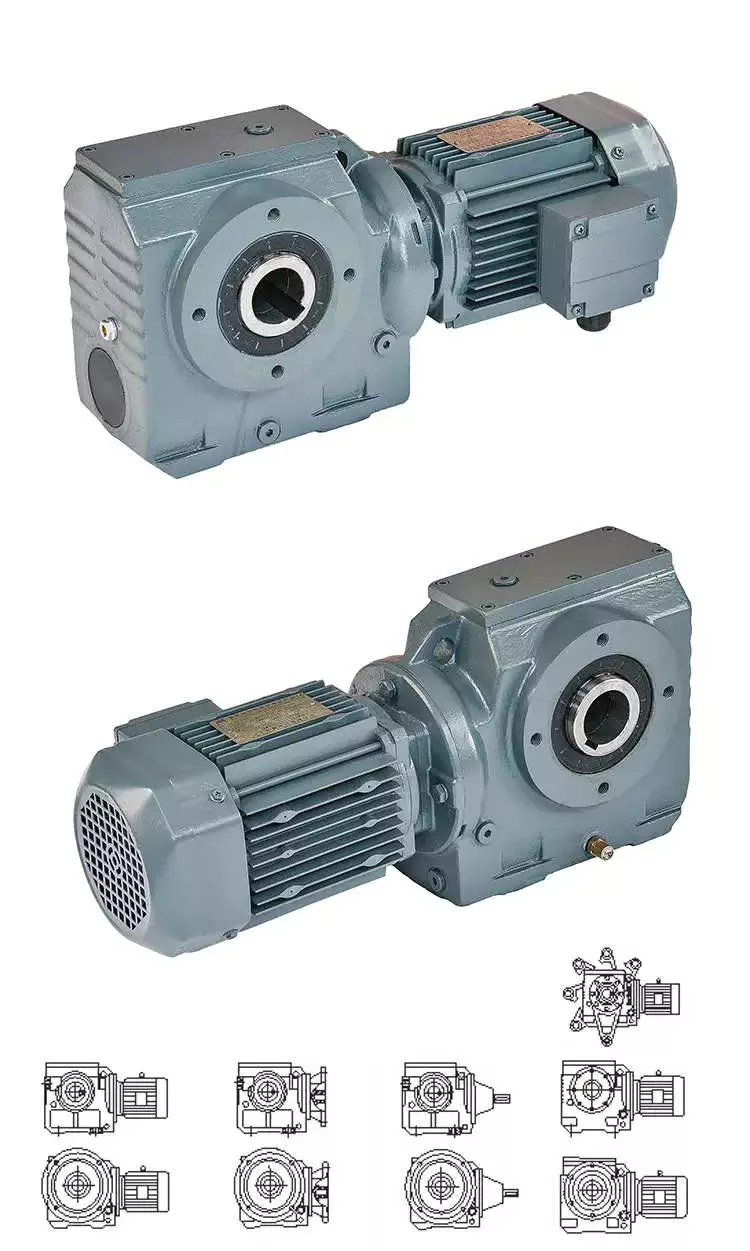
Hypoid Gear Set
Worm gears are the most common type of gear. While these gears are great for high-to-low ratios, hypoid gear sets are much more efficient in all ratios. This difference is due to higher torque density, better geometry and materials, and the way hypoid gears transmit force differently than worm gears.
Hypoid gear sets have curved helical teeth. This results in smooth gear meshing and little noise. This is because the hypoid gears start to slowly contact each other, but the contact progresses smoothly from tooth to tooth. This reduces friction and wears, thereby increasing the efficiency of the machine.
The main advantages of hypoid gears over worm gears are higher torque capacity and lower noise levels. Although their upfront cost may be higher, hypoid gears are more efficient than worm gears. They are able to handle higher initial inertia loads and can deliver more torque with a smaller motor. This saves money in the long run.
Another advantage of hypoid gears is the lower operating temperature. They also do not require oil lubrication or ventilation holes, reducing maintenance requirements. The hypoid gear set is maintenance-free, and the grease on the hypoid gear set lasts for decades.
Hypoid gear motor
A hypoid gear motor is a good choice for a worm gear reducer as it allows for a smaller motor and more efficient energy transfer. In fact, a 1 hp motor driving a hypoid reducer can provide the same output as a 1/2 hp motor driving a worm reducer. A study by Nissei compared two gear reduction methods and determined that a hypoid gear motor produces more torque and power than a worm reducer when using a fixed reduction ratio of 60:1. The study also showed that the 1/2 HP hypoid gear motor is more energy efficient and reduces electricity bills.
Worm reducers run hotter than hypoid gears, and the added heat can shorten their lifespan. This can cause components to wear out faster, and the motor may require more frequent oil changes. In addition, hypoid gear motors are more expensive to manufacture.
Compared to worm gears, hypoid gears offer higher efficiency and lower operating noise. However, they require additional processing techniques. They are made of bronze, a softer metal capable of absorbing heavy shock loads. Worm drives require work hardening and are less durable. Operating noise is reduced by up to 30%, and hypoid gears are less prone to breakage than bevel gears.
Hypoid gear motors are prized for their efficiency and are used in applications requiring lower torque. A unique hypoid tooth profile reduces friction. In addition, hypoid gear motors are ideal for applications where space is limited. These geared motors are often used with pulleys and levers.
R series worm gear reducer
R series worm gear reducers have a variety of characteristics that make them ideal for different applications. Its high rigidity cast iron housing and rigid side gears are designed for smooth drive and low noise. It also features high load capacity and long service life. Additionally, it can be assembled into many different configurations as required.
High efficiency, large output torque and good use efficiency. It comes in four basic models ranging from 0.12KW to 200KW. It can be matched with right angle bevel gearbox to provide large speed ratio and high torque. This combination is also suitable for low output and high torque.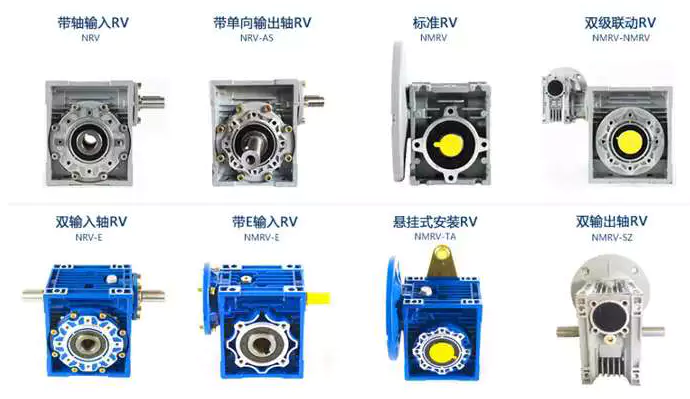
AGKNX Electric Worm Gear Reducer
AGKNX Electric worm gear reducers are available with NEMA C-face mounting flanges for a variety of motors. These reducers feature double lip oil seals, an aluminum alloy housing, and two bearings on the input and output shafts. These reducers are rust-proof and have epoxy paint on the inside. They are available in a variety of ratios, from 7.5:1 to 100:1.
Worm reducers are one of the most cost-effective and compact gears. These reducers increase output torque while reducing input speed. AGKNX Electric’s worm gear reducers are pre-installed with Mobil SHC634 Synthetic Gear Oil. These reducers have an internal oil gallery guide to protect the shaft. They also have a one-piece cast iron housing.
AGKNX Electric Corporation is the leading independent distributor of electric motors in the United States. They have eight strategically located warehouses, enabling them to ship most orders on the same day. They offer motors of various sizes up to 20,000 hp. They also offer a variety of motor controls and variable speed drives.

editor by czh
